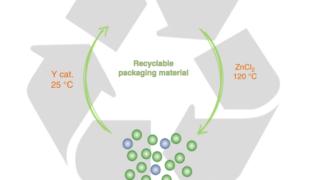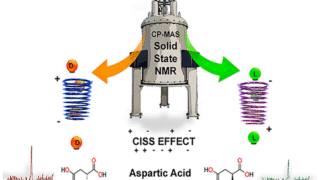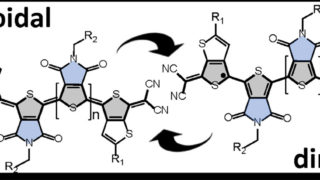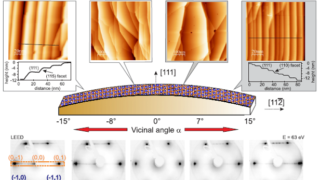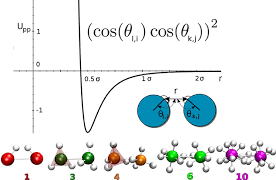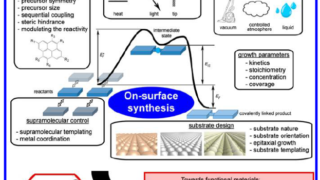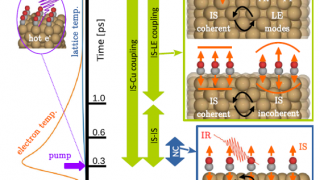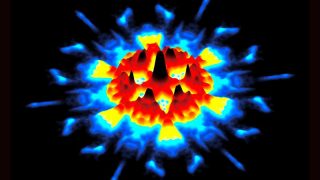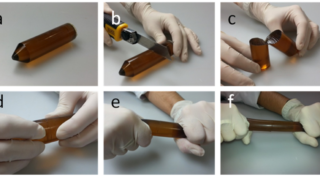
Terminator: self-healing does no longer belongs to fiction only
As bea u tiful as it is, the natural world has always been a tough place to live in. Since their dawn, nearly 4 billion years ago, living organisms have faced a myriad of threats to their existence which have seen the majority of those who ever existed to perish. Only those organisms that managed […]
